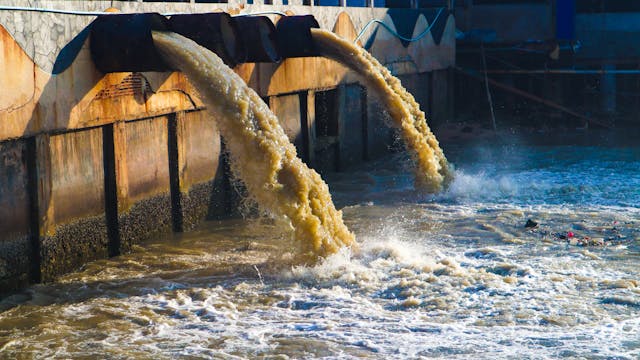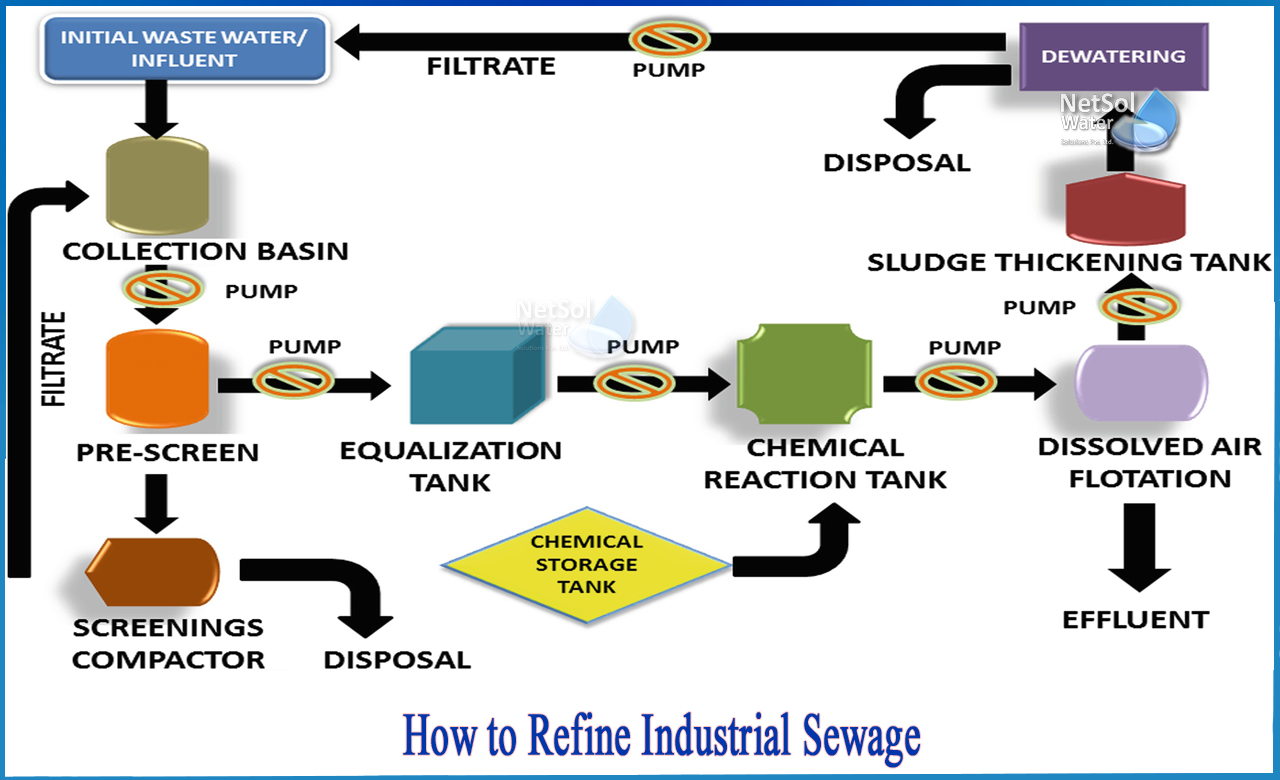Industrial Waste Water Treatment-- Eco-Friendly Solutions for Water Recycling
Industrial Waste Water Treatment-- Eco-Friendly Solutions for Water Recycling
Blog Article
Innovations and Developments in Industrial Waste Water Treatment Technologies
The landscape of industrial wastewater therapy is undertaking a transformative change, driven by technologies that boost both performance and sustainability. As regulatory standards progress, the assimilation of AI and machine understanding into wastewater management systems guarantees to simplify operations and guarantee compliance.
Review of Drainage Therapy Technologies
Wastewater therapy innovations incorporate a series of techniques made to get rid of contaminants from industrial effluents prior to their release into the setting. These technologies are crucial for maintaining ecological equilibrium and ensuring conformity with ecological guidelines. The key categories of wastewater therapy consist of physical, chemical, and biological approaches, each serving unique objectives based on the nature of the contaminants present.

Organic therapy methods employ microbes to degrade raw material, making them especially efficient for organic-rich effluents. Strategies like triggered sludge and biofilm activators harness the all-natural destruction capacities of germs, leading to significant reductions in biochemical oxygen demand (FIGURE)
Advanced Purification Techniques
Advanced filtration strategies represent an important evolution in the world of industrial wastewater treatment, boosting the efficiency of impurity elimination procedures. Industrial Waste Water Treatment. These approaches encompass a series of innovations, including microfiltration, ultrafiltration, nanofiltration, and reverse osmosis, which offer consecutive obstacles for numerous fragment sizes and chemical structures
Microfiltration and ultrafiltration use membrane systems to eliminate put on hold solids, microorganisms, and larger organic molecules, enhancing the high quality of effluent prior to more treatment. Nanofiltration connects the void in between ultrafiltration and reverse osmosis, efficiently getting rid of divalent ions and natural compounds, therefore reducing the tons on downstream processes.
Reverse osmosis uses the greatest degree of purification by allowing just water and tiny particles to pass via its semi-permeable membranes, making it ideal for recovering premium water from industrial effluents. Recent improvements in membrane innovation, including the development of more durable and fouling-resistant products, have actually dramatically enhanced functional effectiveness and minimized prices.
Integrating these advanced filtering techniques not just enhances the total therapy procedure but likewise contributes to sustainability initiatives by allowing water reuse and resource healing in commercial setups. (Industrial Waste Water Treatment)
Organic Therapy Advancements

Furthermore, the advancement of crafted biological systems, such as membrane bioreactors (MBRs), incorporates biological therapy with advanced membrane purification. This combination permits greater effluent high quality and minimized impact, making it suitable for space-constrained industrial facilities. Technologies in genetically crafted microbes have also emerged, enhancing the biodegradation of certain contaminants, such as pharmaceuticals and heavy metals, that are typically testing to get rid of.
Furthermore, the application of bioaugmentation techniques, where advantageous microbes are introduced to improve the existing organic therapy processes, has revealed encouraging lead to improving treatment efficiency. These advancements collectively indicate a trend in the direction of more reliable and lasting organic therapy methods that can adjust to the progressing complexities of industrial wastewater streams. As sectors remain to prioritize environmental conformity, these organic advancements will play a crucial role in wastewater administration.

Resource Healing Approaches
In industrial settings, the combination of resource recovery techniques has ended up being progressively crucial for boosting sustainability and lessening waste. These methods concentrate on removing valuable products and power from wastewater streams, thus changing potential pollutants into multiple-use resources.
One famous technique is nutrient recovery, where nitrogen and phosphorus, often existing in excess in wastewater, are recorded and exchanged plant foods. This not just minimizes environmental effects yet additionally supplies a round economy remedy for agricultural applications. In addition, innovations such as anaerobic digestion permit for the conversion of organic waste right into biogas, an eco-friendly energy resource that can offset fossil fuel use in commercial operations.
In addition, advanced filtration and membrane innovations facilitate the recovery of commercial byproducts such as salts and steels. These recouped materials can be reintegrated into production processes, minimizing the need for virgin sources.
Future Trends in Waste Water Monitoring
As markets increasingly prioritize sustainability, the future of wastewater administration is readied to undertake substantial improvements. Technological innovations, such as fabricated knowledge and artificial intelligence, will certainly enable a lot more efficient monitoring and management of from this source wastewater systems. These innovations can forecast upkeep needs, maximize therapy procedures, and enhance decision-making, eventually minimizing operational expenses and environmental effect.
In addition, the combination of round economic climate principles will certainly play an important duty in wastewater monitoring. Industries are anticipated to shift in the direction of systems that not just treat wastewater but additionally recuperate beneficial sources, such as nutrients, water, and energy. This shift will certainly lessen waste and advertise the reuse of products, aligning with global sustainability goals.
Arising treatment strategies, such as membrane layer bioreactors and advanced oxidation procedures, will certainly additionally improve the effectiveness of wastewater therapy, enabling better effluents ideal for reuse. Furthermore, regulatory structures are likely to advance, highlighting more stringent standards for wastewater discharge and motivating markets to adopt cutting-edge treatment solutions.
Conclusion
In verdict, the evolution of commercial wastewater therapy innovations shows a considerable shift towards boosted effectiveness and sustainability (Industrial Waste Water why not check here Treatment). Advancements in advanced purification techniques, biological treatments, and source recuperation techniques highlight the sector's dedication to environmental stewardship.
The landscape of commercial wastewater therapy is undergoing a transformative shift, driven by innovations that improve both performance and sustainability.Wastewater therapy technologies include an array of methods made to eliminate contaminants from industrial effluents prior to their launch into the atmosphere.Harnessing the power of biological procedures has actually led to substantial innovations in the treatment of industrial wastewater.Additionally, the execution of bioaugmentation techniques, where valuable microbes are introduced to enhance the existing biological therapy procedures, has actually revealed promising outcomes in enhancing therapy efficiency. These developments collectively symbolize a fad towards more sustainable and efficient biological treatment approaches that can adjust to the progressing intricacies of commercial wastewater streams.
Report this page